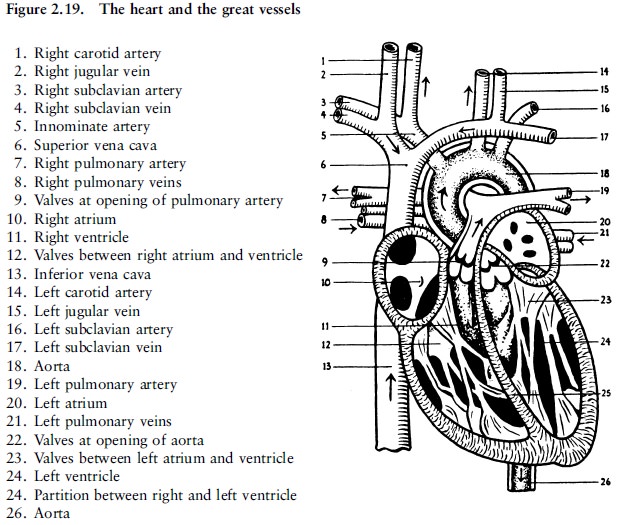Chapter: Forensic Medicine: Basic anatomy and physiology
The pulse
The pulse
At each heartbeat a quantity of blood is shot
into the aorta from the left ventricle. The pressure in the aorta is therefore
raised, its elastic walls are distended, and the shock is transmitted along the
aorta and its main branches and so to the smaller arteries as a wave of
increased pressure.
This wave of increased pressure travelling along
the arteries is called the pulse. It can be felt by the finger in any artery
which is accessible, rising and falling at regular intervals. It is usual to
feel the pulse with two fingers lightly placed over the radial artery just
above the wrist and near the outer border of the forearm.
By feeling the pulse we learn the rate, the
force, and the regularity of the heart's action. A rapid pulse means a rapidly
beating heart; a weak pulse indicates a weak heart; a strong slow pulse
indicates a forcible slow contraction of the heart. The pulse beats in adults
from 60 to 80 times a minute; it is faster in children.
Each beat of the ventricle ejects about 60 m: of
blood into the circulation. Atan average heart rate of 72 beats per minute,
this equals 4 320 m: or 4,320 :of blood per minute or nearly 260 : per hour, 6
240 : (almost 1 400 gallons) every 24 hours. This illustrates dramatically the
work done by the heart.

The pulse is only felt in the arteries. It does
not pass through the capillaries because the pulse wave is blocked by the
resistance of the walls of a vast network of very fine tubes which form the
capillaries. This resistance is sufficient to keep the blood in the arteries
always under a certain amount of pressure.
Related Topics